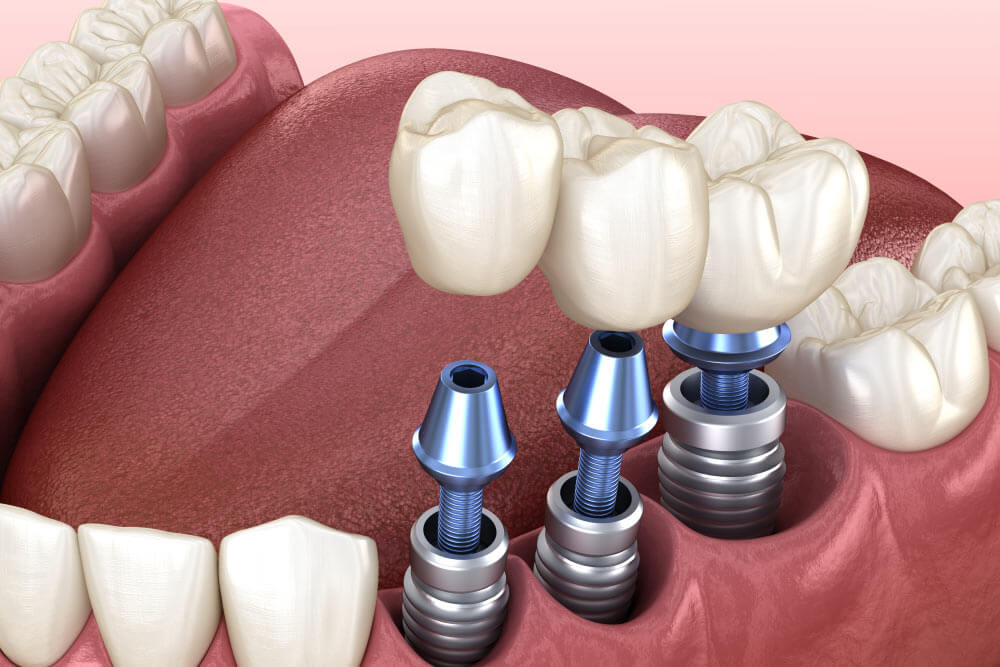Little problems can become major problems if they aren’t taken care of in a timely manner. We always stress that to our patients, and it’s a reason why we are a leading care center here in the Bolingbrook area. This focus on prevention and common sense solutions can help patients avoid tooth loss and have a healthy smile that lasts for years.
When patients wind up getting dental implants for missing teeth, we find that a leading cause of tooth loss tends to be major tooth decay. Because of this, we want to explore why a cavity can lead to the loss of a tooth.
WHAT IS TOOTH DECAY?
Tooth decay refers to the damage to the natural structure of a tooth that is the result of oral bacteria. The bacteria that naturally occurs in the mouth likes to feed on food particles. In the process, this results in the creation of a sticky biofilm known as plaque. The acidity of the plaque and the oral bacteria feeding on food particles eats into the tooth structure. When part of the enamel becomes damaged, this is known as a cavity.
Minor cavities are relatively common, and most people will have a few cavities during their life. More serious tooth decay, however, can increase the risk of tooth loss in a variety of ways.
INCREASED RISK OF SEVERE TOOTH DAMAGE
When part of a tooth’s structure becomes compromised, the tooth is weaker overall. This means that a tooth with a cavity is more prone to cracks and fractures simply because part of the structure is already compromised. As tooth decay progresses, it’s more likely for a tooth to suffer serious damage from otherwise normal wear and tear.
If a severe tooth fracture occurs, the tooth may fall out or need to be extracted since it cannot be saved.
INCREASED RISK OF ROOT CANAL INFECTIONS
Another major risk to keep in mind is root canal infection. Every tooth has a hollow chamber that contains a substance known as dental pulp. This dental pulp is comprised of nerves, blood vessels, and connective tissue. If tooth decay progresses without being treated, it is possible for oral bacteria to infect the pulp inside of a tooth. This results in a root canal infection, which is extremely painful and could result in the spread of the infection to other parts of the mouth.
If a tooth cannot be saved through endodontic therapy (essentially the removal of the inflamed dental pulp), then extraction is the only only viable option to prevent further health problems.
TREATMENTS FOR TOOTH DECAY
Tooth decay is best caught early in order to maintain as much natural tooth structure as possible. The treatment will involve the use of dental restorations to rebuild missing tooth structure. This may include the following:

